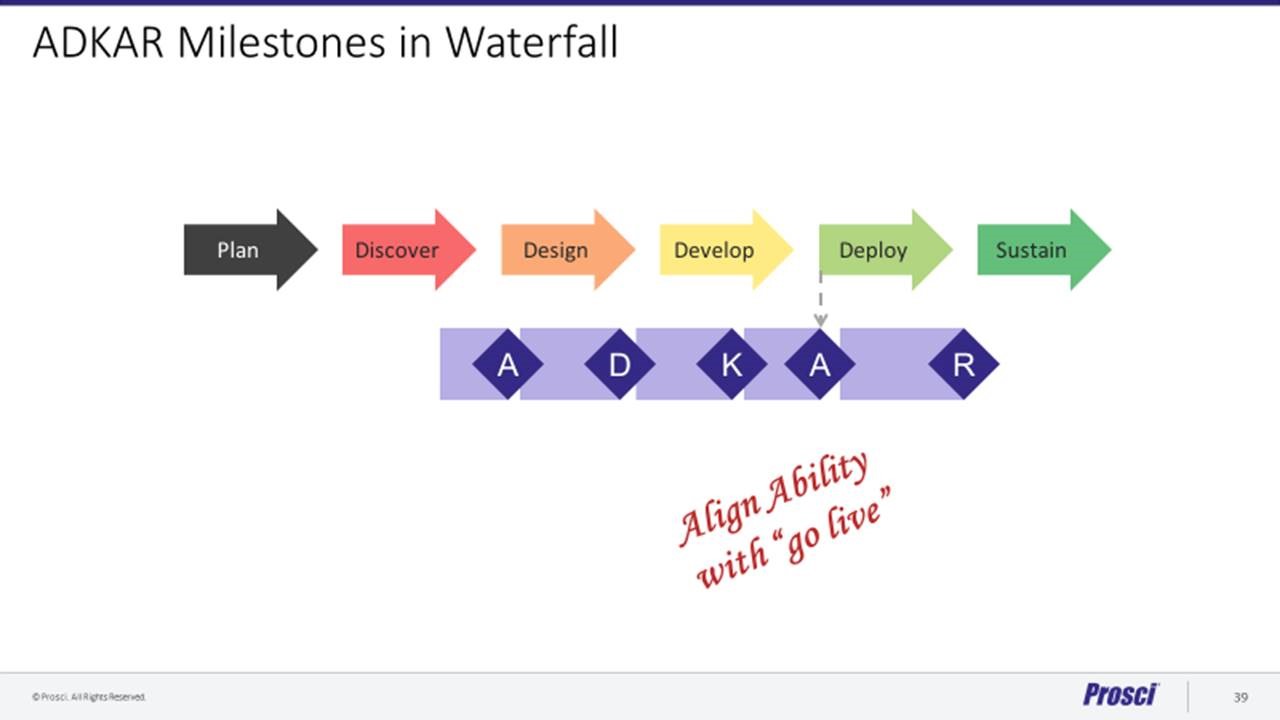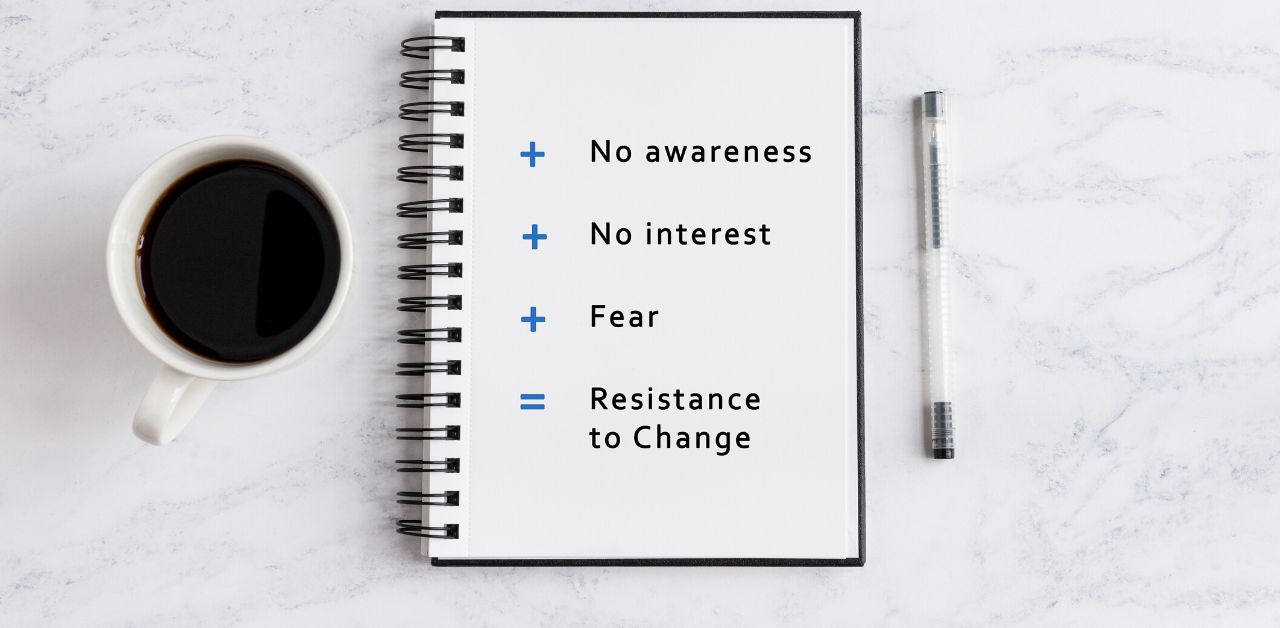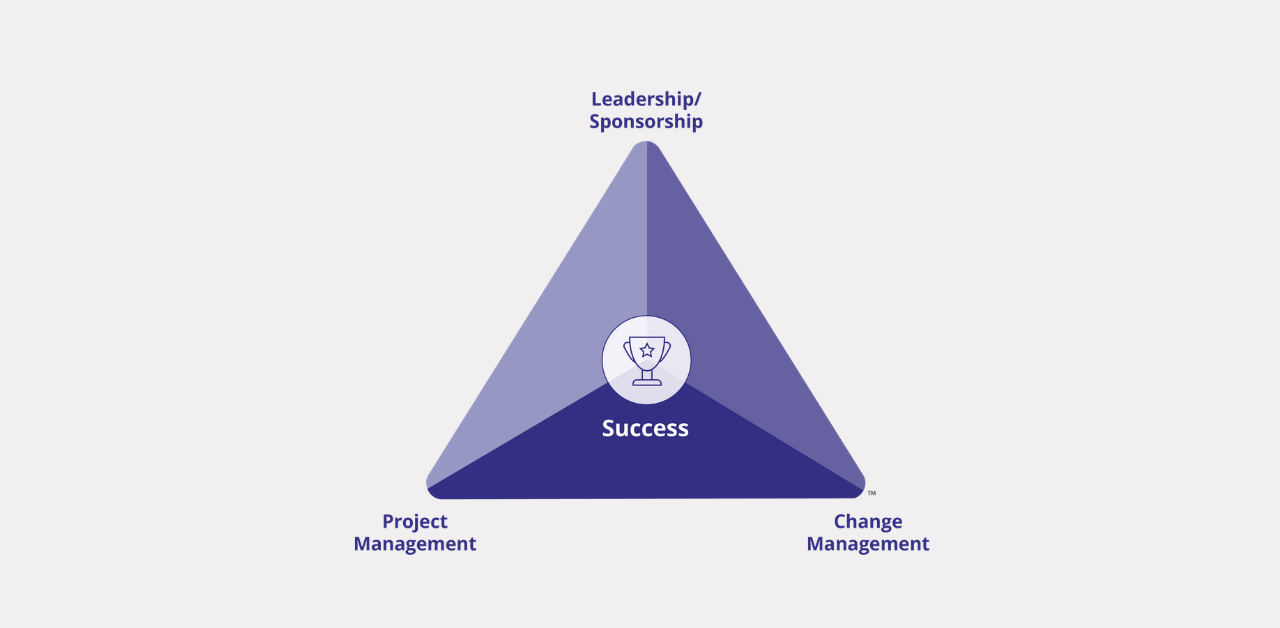The direction on how to successfully integrate change management within an Agile project has been emerging over recent years, particularly when adopting and embedding Agile ways of working, which remain easier said than done.
According to research undertaken by Prosci, the challenges presented by a cultural change to the first transition to Agile ways of working is often underestimated, misunderstood and insufficient. However, best practice change management techniques can be applied to make it a success.
For example, 84% of respondents said that their approach to sponsorship in moving to Agile, was moderately, somewhat or significantly different to their sponsorship approach in their previous change related projects. So, the first move to Agile is a significant change.
We understand that many change managers and project managers continue to struggle when ensuring their employees are adopting the new ways of working. As a result, it can be challenging to effectively adapt and adjust the practice of change management in a project using Agile.
While the traditional 'Waterfall approach' is a tried and tested method, the increase in the pace of change has created a desire for organisations to adopt new methods that prioritise reduced time to market.
The Agile method takes an iterative approach to development with regular feedback intervals. Project challenges should be split into smaller sections and performed by cross-functional independent teams who work in short iterations, offering the ability to receive immediate feedback from the end user.
As Agile enables the opportunity to respond to problems as they arise throughout the entire course of the project, more feedback usually means more change. Through making the necessary changes to a project at the most efficient time, resources are saved, ultimately helping the delivery of a successful project on time and within budget.
Our one-day Prosci Integrating Agile and Change Management Workshop, will take you through an in-depth exploration of the latest research and build specific tactics and plans for effectively adapting and adjusting change management in an Agile working environment.
AGILE – The Art of Adapting to Change
Unlike the Waterfall method, which often features a single ‘go live’ date, once the project’s technical solution and user acceptance training/testing are completed, Agile initiatives are based on a rolling technique.

When supporting an initiative using Agile, change managers should focus on becoming more flexible and adaptable throughout the process of an Agile project. With the ever-changing pace of projects when implementing the Agile method, change managers need to focus their work on the outcomes required from the individual sprint, whilst also maintaining the change tactics required to deliver full end user adoption of the overarching project.
In other words, change management in an Agile project is often more difficult, because of the faster pace and greater precision required in individual sprints, than in a Waterfall project of similar complexity where the change strategy is designed and executed over a longer period. Read the most common challenges CMC Partnership customers identify with Agile in our blog.
Experiencing Resistance in an Agile Environment?
Prosci’s research, which covers both Change Management and Agile, shows that poorly managed introductions to Agile creates a greater chance of resistance to the overall Agile method. This also increases the likeliness of encountering obstacles when attempting to drive improved end user adoption with effective change management in subsequent Agile projects.
When working with your project team to adopt Agile methods, a change in mindset, skill set, behaviour and culture is required. For both the change manager and end-user, the shift goes beyond embracing a new business model. Successfully managing change can relieve some of the disruption, stress and uncertainty surrounding changes within adopting a completely new way of working. This will, therefore, enable a more structured process and produce a smoother transition from old to new.
The transition period is critical as the iterative nature, continuous changes, and impact which Agile creates for organisations, increase the overall resistance to change. As Agile is not monitored by a global standard process, during the initial implementation process it may feel more chaotic with reduced time for planning.
Change managers and project managers should also be more responsive when making quick judgements, rather than simply relying on templates and tools to influence their decisions.
Download: Change Management and Agile Executive Summary
What Does This Mean for You?
With the growth of Agile, there will remain new ways of tackling initiatives by reducing them into iterative segments. Within projects using the Agile methodology, change management can continue to support the adoption of new techniques and the required usage for true results to be achieved.
However, with the quick pace and nature of an Agile project, change management must be adapted in order to successfully reduce resistance during the implementation of each iterative sprint.
Learn more
Need help balancing your change management practice with your Agile organisation? Consider attending an Integrating Agile and Change Management Workshop, and discover how to best integrate the two disciplines.
We also offer the workshop privately for organisations. Interested? Get in touch and discover how we can help.


